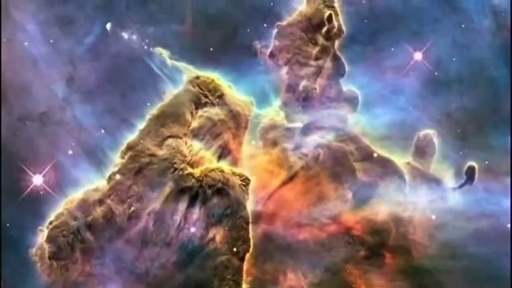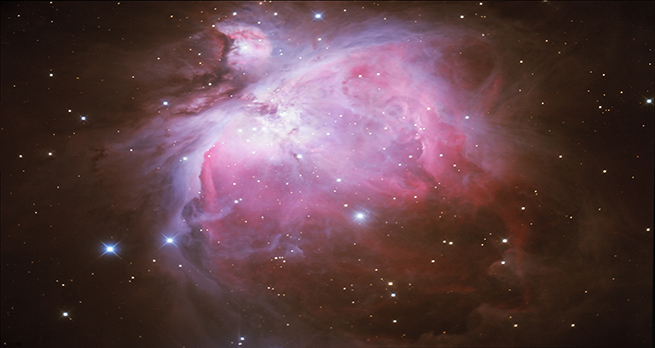2.1.6 Birth of a star
How is a star formed?

Transcript
Stars form in clouds of dust and gas called giant molecular clouds, the debris of old stars. The constellation of Orion includes the molecular cloud complex we know as the Orion Nebula.
While the density of dust and gas in a giant molecular cloud is high compared with the rest of interstellar space, in comparison with the atmosphere of the Earth, they are a thousand million million times less dense.
The dust and gas cloud is highly structured, with lots of clumps where the dust and gas is slightly more dense. These relatively high density areas are where star formation will occur.
Initially, the clumps are quite stable, but once a clump is sufficiently dense, it will start to contract under its own gravity. As it contracts, the temperature rises. Eventually, after further collapse and fragmentation, a protostar develops. After only a few thousand years, the surface temperature of the protostar will have risen to 2000–3000 K!
In the next section, you will take a closer look at the Orion Nebula.
